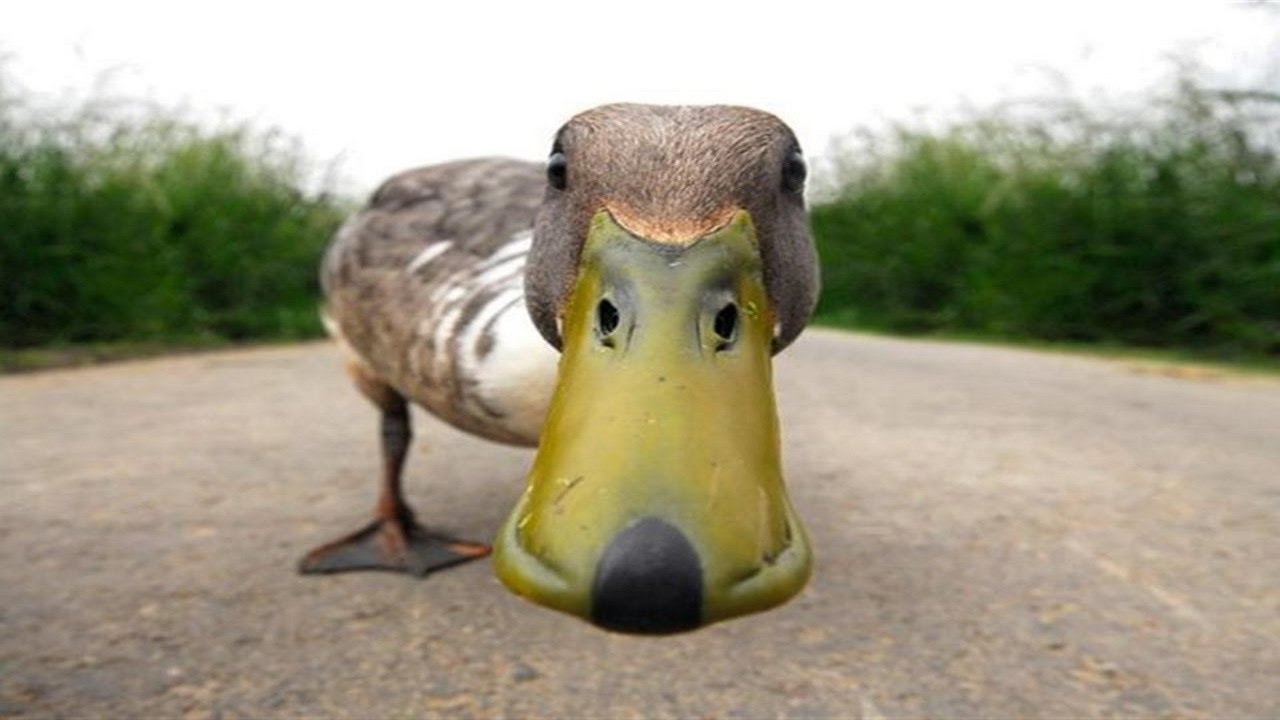I put three DS18B20s on a wire along with three SHT30s on D1 mini shields, all in a cardboard box indoors, for a day.

My conclusion is that the DS18B20s are actually more accurate. My Fluke’s thermocouple also agreed with them.
The SHT30s all read several degrees higher, with the one that was at an angle reading a little lower than the others which were flat. When I turned them all on edge their temperatures converged a bit lower but still a bit high. I wonder if some of the spikes from their readings are just microcontroller activity.
I’m hoping to use the Tasmota TempOffset command to adjust.
Interesting test. I have access to some PT100s and a calibrated multimeter through work. It would be interesting to do a test against “the gold standard” of temperature sensors. As well as run-to-run inaccuracies and multiple samples
How much power do the SHT30’s consume? It should only be milliwatts? EDIT: Ah it looks like in your photo the sensor is strapped to an ESP8266, those can eat most of a watt (creating heat).
If the issue is self-heating then a fixed temperature offset will not save you as this offset will depend on ambient airflow. No airflow (only self-convection) will increase the offset and high airflow (fan strapped to the sensor) will almost eliminate it.
See Many indoor air quality sensor products are a scam (temperature, humidity, pressure, CO2, TVOC) (I am the author)


